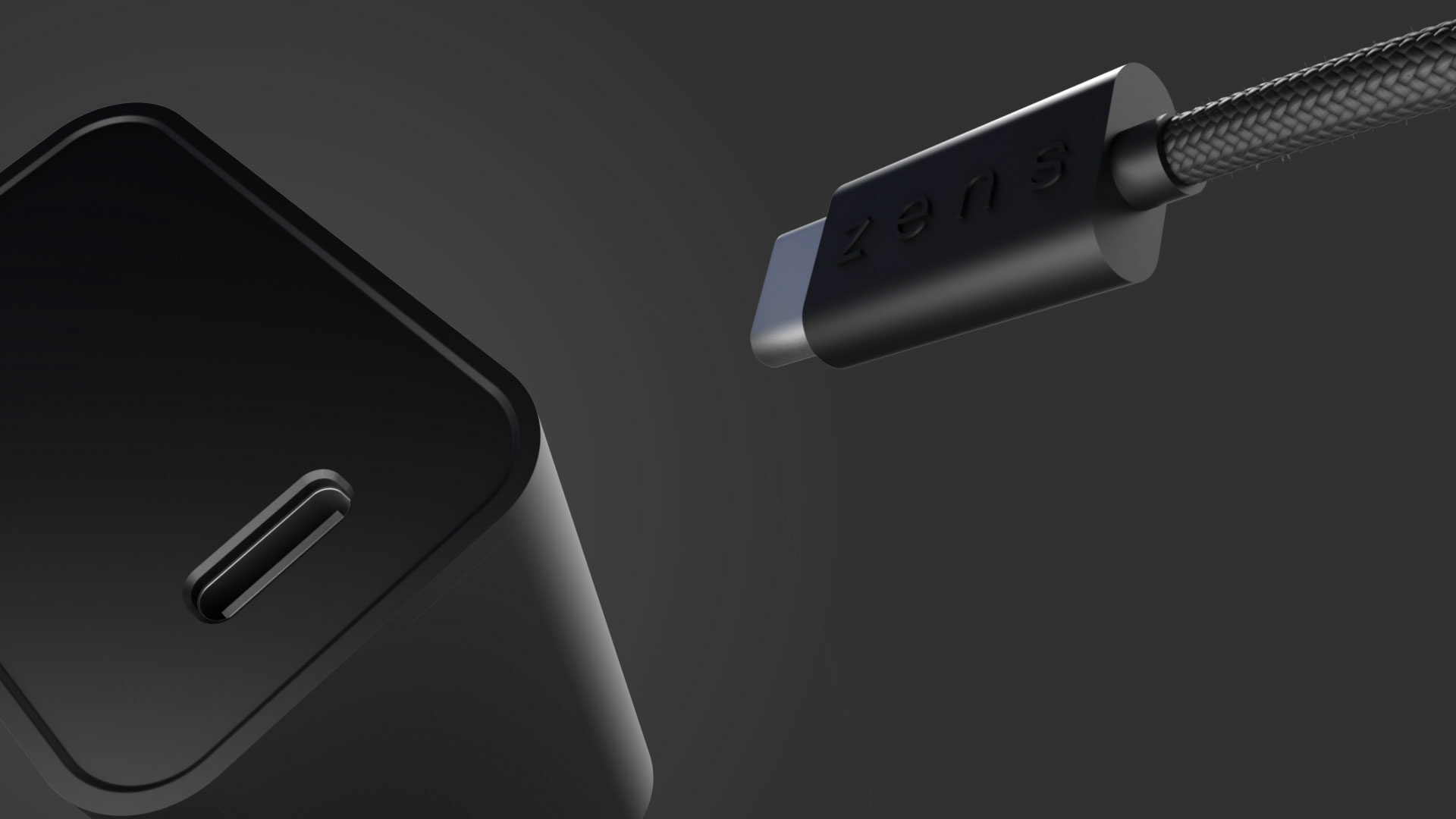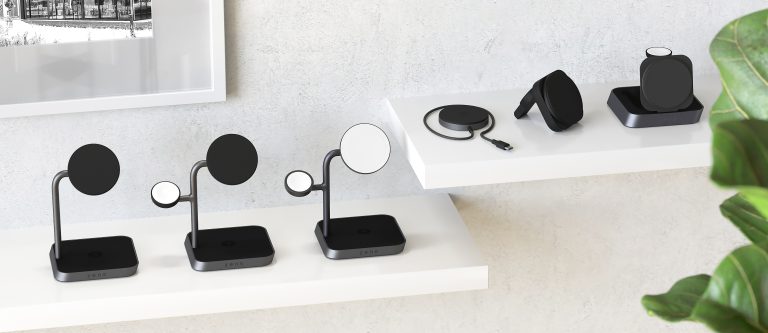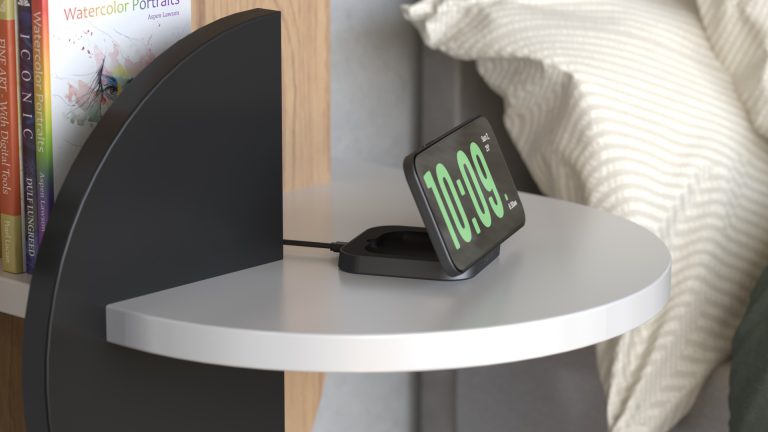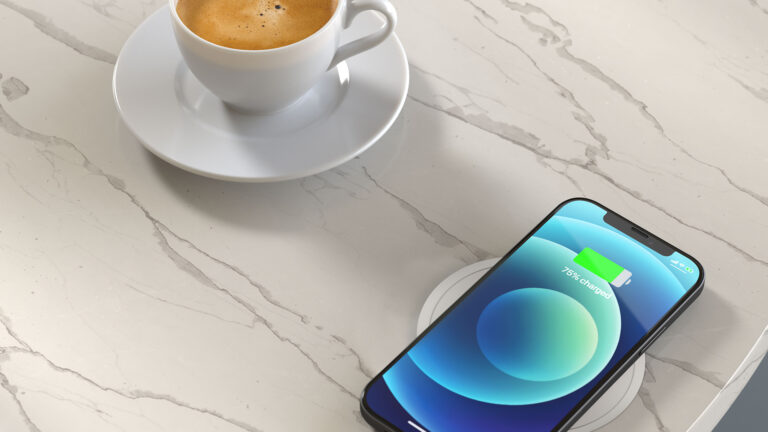Smartphone manufacturers could not make it happen together, so the European Commission is stepping in: one EU standard for charging your electronic devices. USB-C is the answer to it all, according to a proposed legislation by the European Commission. Thereby eliminating lightning (Apple) and micro-USB (older devices) as early as 2024. Is this just a first step in harmonizing the rules of charging? And will Apple give in or come up with a new charging standard as the next big thing? All in all, it seems that wireless charging is truly holding the future.
Exit lightning connectors and cables

From Micro-USB to lightning and USB-C
In 2009 a staggering total of 30 different charger connectors where available. Changing your phone usually meant throwing away your old charger. Therefore, a total of 14 mobile phone producers made an agreement to harmonize chargers for data-enabled mobile phones in that same year. The European Commission further built on these plans to standardize charging on a bigger scale, going for the (now outdated) micro-USB standard. It should have been in full effect around 2011. However, the campaigning of standardization had a limited effect due to 2 main reasons:
1. Apple introduced its lightning connector in 2012 and provided users with a micro-USB adapter if need be – thus adhering to the EU laws.
2. Micro-USB was soon overtaken by USB-C with its introduction in 2014. Nowadays almost all Android devices make use of this port.
Jump ahead an entire decade to September this year: the European Commission announced plans to forcefully let smartphone manufacturers embrace the USB-C connector as EU standard. The new proposal also adressess the need for harmonized fast charging technology. This would prevent smartphone manufacturers from limiting the charging speed.
“We gave industry plenty of time to come up with their own solutions, now time is ripe for legislative action for a common charger”
– European Commission Executive Vice-President Vestager
As for now it is just a proposal which still needs to be made into law. However, it seems that the European Parliament – which has the vote – is in favor, as it had already been pushing for a common charger for mobile devices for a long time. After approval of the proposal, manufacturers have 24 months to comply with the rules. This means that micro-USB and lightning might meet their end as early as 2024.
Apple: the next big thing?
Having fully embraced the lightning connector in its products, Apple was not happy with the new proposal.
“We remain concerned that strict regulation mandating just one type of connector stifles innovation rather than encouraging it, which in turn will harm consumers in Europe and around the world”
– Apple’s spokesperson
Apple is already USB-C compliant with its latest iPad and MacBook line-up and adheres to the separation of chargers from electronics since the introduction of the iPhone 12. Still, the entire removal of the beloved lightning connector is one step Apple is not willing to make just yet. Besides the public statement regarding the limiting effect on innovation and consumer protection, there is of course a financial reason for this. An official lightning cable needs to be MFi-certified for it to work properly and has a price tag that is around 2 to 4 times more expensive than that of a USB-C cable. Removing the lightning connector would cut into the profits Apple is making in the charger market.
It remains to be seen whether Apple will fully embrace the open standard of USB-C, or whether it will find a loophole to personalize it with a MFi kind of functionality. Looking at the development in the charger market, it is also possible that Apple will take the leap towards a portless smartphone which can be charged on any wireless charger.
Check out our blog: Will portless smartphones become the new standard?
First step to wireless charging standard
The discussion of a standardized charging solution for small electronic devices has been overtaken by the technological developments of charging. This was already visible when the European Commission proposed micro-USB back in 2009. The same might apply for USB-C standardization in 2024. Cabled charging no longer holds the future. It is limiting users to always use one charger for each device that needs to be charged. Even more so, current gen iPhones will still need to be charged with a lightning cable in 2024, meaning that a household might still be using at least 2 different charging cables for some time to come.
“EU citizens own three mobile phone chargers on average, according to the European Commission. But 38% of consumers have not been able to charge their phone on at least one occasion because they didn’t have the correct charger to hand.”
– Chris Liakos, CNN
Wireless charging solutions will prove to be more consumer and environmental friendly than any cabled solution. Cables are prone to defects after extensive usages: tearing of the cable, a damaged connection and overheating, to name just a few. Even more so, a charging cable can also damage your phone port if used incorrectly, or of a questionable manufacturer.
With a wireless charger you can charge multiple devices at the same time. You will only need one charger for all devices: you have an iPhone 8 and your friend a Samsung S20? One wireless charger is all you need. You will never bend or tear a cable ever again. Plus you can pick up your phone at any time, without damaging your charger or phone because you forgot it was charging. Empowering freedom with wireless charging.
Check wireless chargers
Or check out if your phone can be wirelessly charged.



